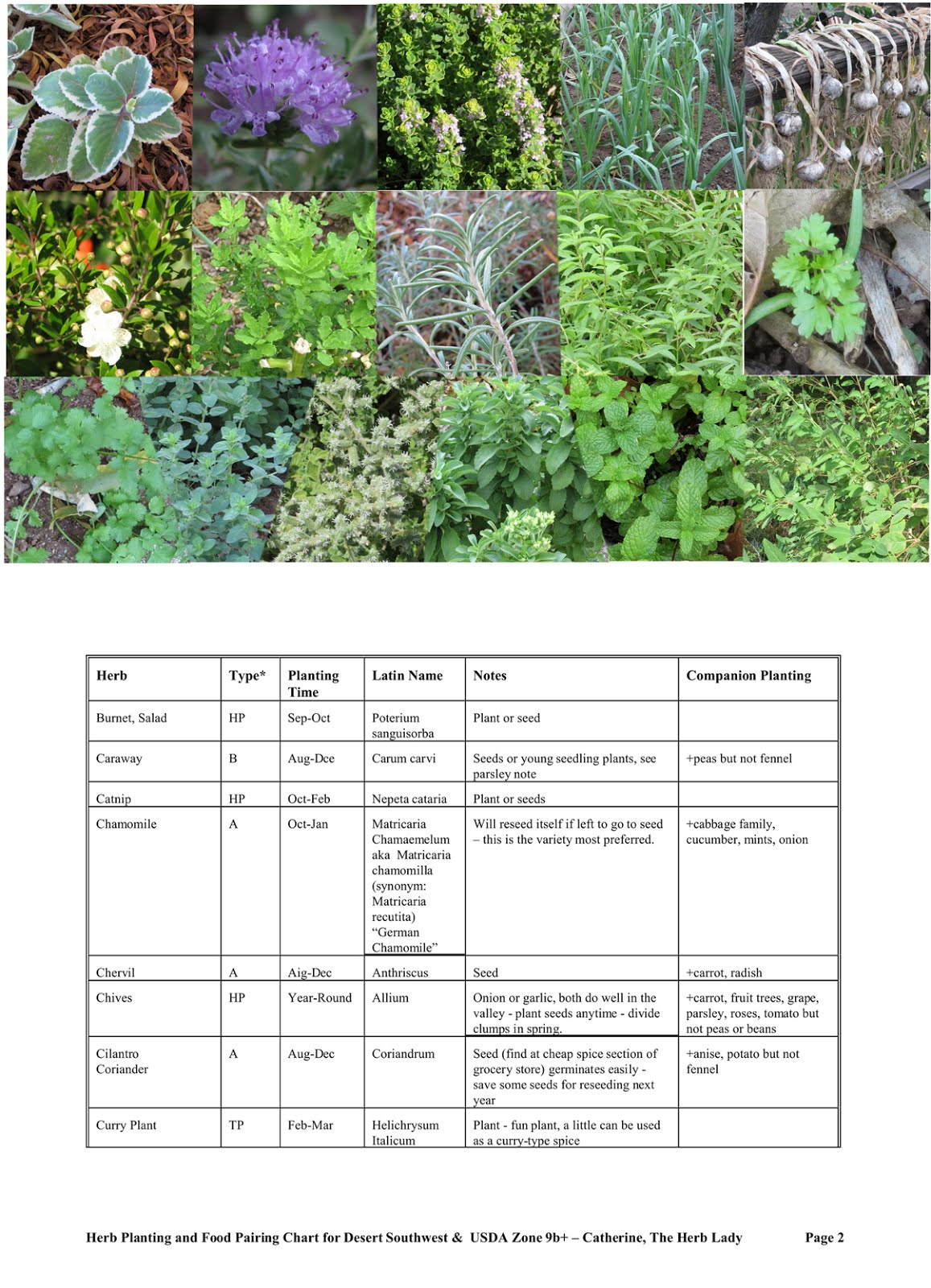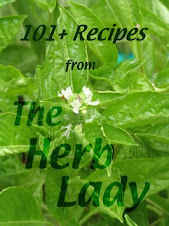Dear Folks,
I grow 3 types of Oregano and thoroughly enjoy them all.
Actually I grow a fourth Oregano for its beautiful flowers but not its flavor. Hopley's Purple Oregano I don't have a picture right now - the ground around and under the plant is a purple confetti vision in the late spring.
The Origanum Family includes two of the three and also includes Marjoram (Origanum marjorana) which has a very different flavor from the Oreganos discussed today.
First up is Greek Oregano Origanum vulgaris hirtum. The herb most associated with Italian and Greek cooking. There is an Oregano called Italian Oregano but it is not THE herb most people think of. Greek Oregano has a peppery bite strong enough to bite back a bit if you bite into the fresh leaf.
So associated with Italian foods like pizza and sauces to substitute a very, very mild tasting Oregano would simply not work flavor wise.
Most chefs call for using Greek Oregano dried, but it is a choice. In the picture this patch of Greek Oregano also contains some of my Jerusalem Artichoke plants and some Nasturtium flowers.
Next is Syrian Oregano Origanum Maru. Syrian Oregano is the Hyssop of the Bible and is also called Za'atar in the Middle East where it is the anchor herb for the spice mix by the same name. When Syrian Oregano is not available English Thyme is often substituted, which is acceptable, but does not have nearly the complexity of the savory and almost sweet tasting herb. One could call Za'atar the salt and pepper of the region. It is used in many, many dishes.
The spice is a mixture of Syrian Oregano, Sumac Berries (lemony taste) and sesame seed. It is a lovely spice mix.
Syrian Oregano has a slight gray coloring to the leaves. In my bee post yesterday, I showed a bee on Syrian Oregano flowers.
The final Oregano is Mexican Oregano Lippia graveolens, a relative of Lemon Verbena.
This oregano has a wonderful flavor and fragrance. I like to use this in vinaigrette dressings.
While each of the Oreganos has its own flavor and goes well with certain foods, I would encourage you to experiment with each of them.
Think of them as you would wine or beer varieties, experimenting with them singly and as a part of your own blend of go-to-mixes for what you love to make most.
For any herb place a pinch in your hand, rub it and smell. If you are looking to try making a blend, add another herb, rub, smell, repeat. Your nose - knows as your taste buds are unique to your sense of smell.
For an idea of making your own blends, how about making your own bouillon. I knew I would get a good flavor and scent when I went about drying my own bouillon mix, but I was blow-away by just how wonderful it turned out. Check out my post on sun drying your own mix of what grows in your garden.
Enjoy!
Growing Oreganos
All three of these wonderful herbs grow very well here in the valley. They like full sun but can tolerate some shade.
They are all hardy perennials, however in sustained killing frosts the Mexican Oregano can suffer damage. In a super hard freeze about 8 years ago my 7 foot Mexican Oregano (with a trunk diameter of about 7 inches) died back, struggled to come back and finally did not make it.
Greek Oregano is a trailing ground cover with upright new growth.
Syrian Oregano is a low mounding bushy type of growth.
Mexican Oregano is a shrub. My current plant is about 4+ feet tall depending on where you measure it. It is kind of the "wild hair" variety of growth and takes pruning well.
All flower in the spring. All dry very well for storage.
The Greek and Syrian Oregano can be grown from seed (I got my Syrian seed from Bake Creek). If you do want to transplant now or going into the heat, harden off the plants first by introducing them into the sun over the course of several days (1 hour first day, 2 hours second day, repeat until 4 hours in sun), then transplant, water in well and water every 2 days then back off watering to every 3 to help the roots grow down. Gradually increase the amount of water with less frequency. My established gardens are watered every 5 days this time of year and will go down to every 4 days as the heat goes higher.
I hope you decide to add one or more of these great herbs to your garden. For best success, plant in the fall.
. . .
You can find me on Facebook:
My books and month-by-month planting calendar are available at my publisher's site page.or available through links on the sidebar here on the blog.
Have a great time in your garden!
-- Catherine, The Herb Lady
If you enjoyed this post, subscribe in the upper side bar link, to get all my posts!
Disclaimer: Clicking on links on this blog may earn me a small commission if you purchase something. Your price does not change.
Subscribe to:
Post Comments (Atom)


























No comments:
Post a Comment